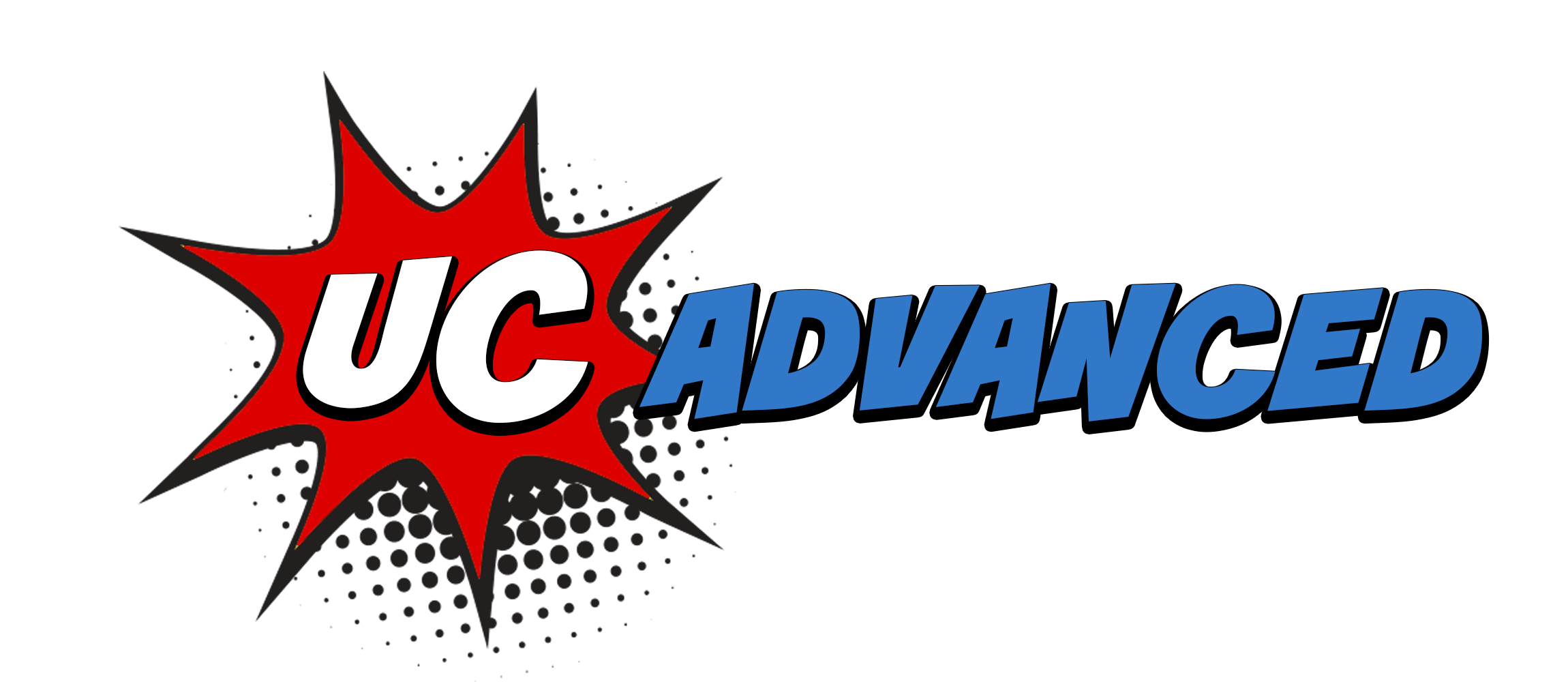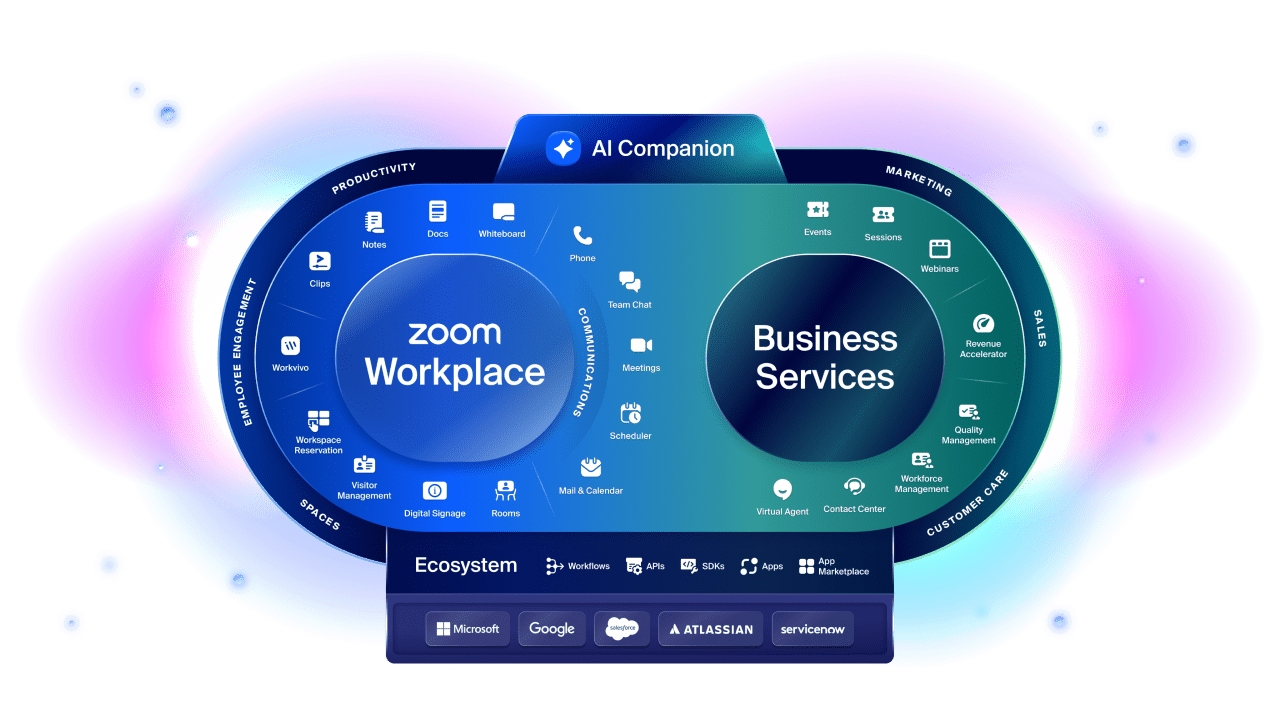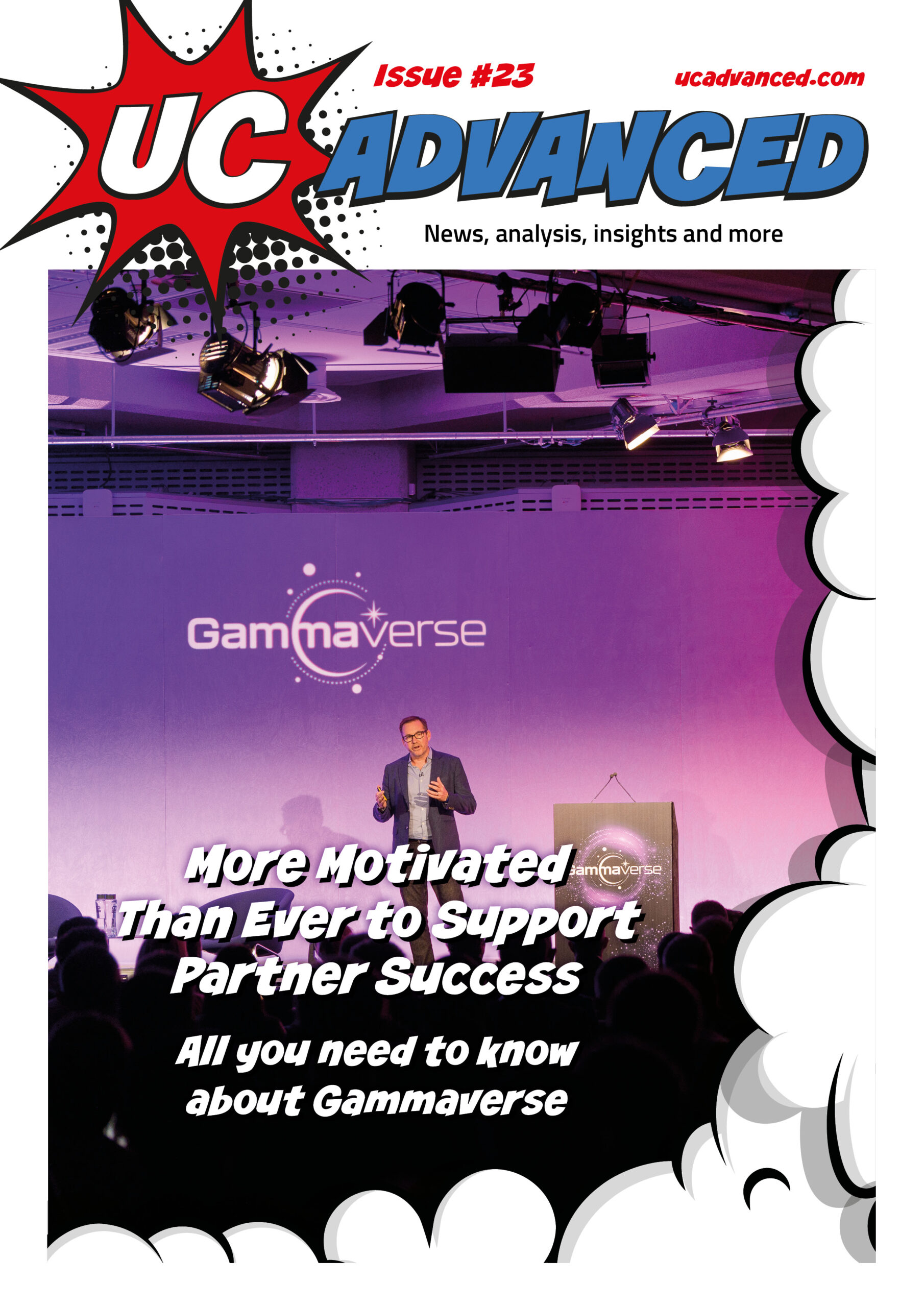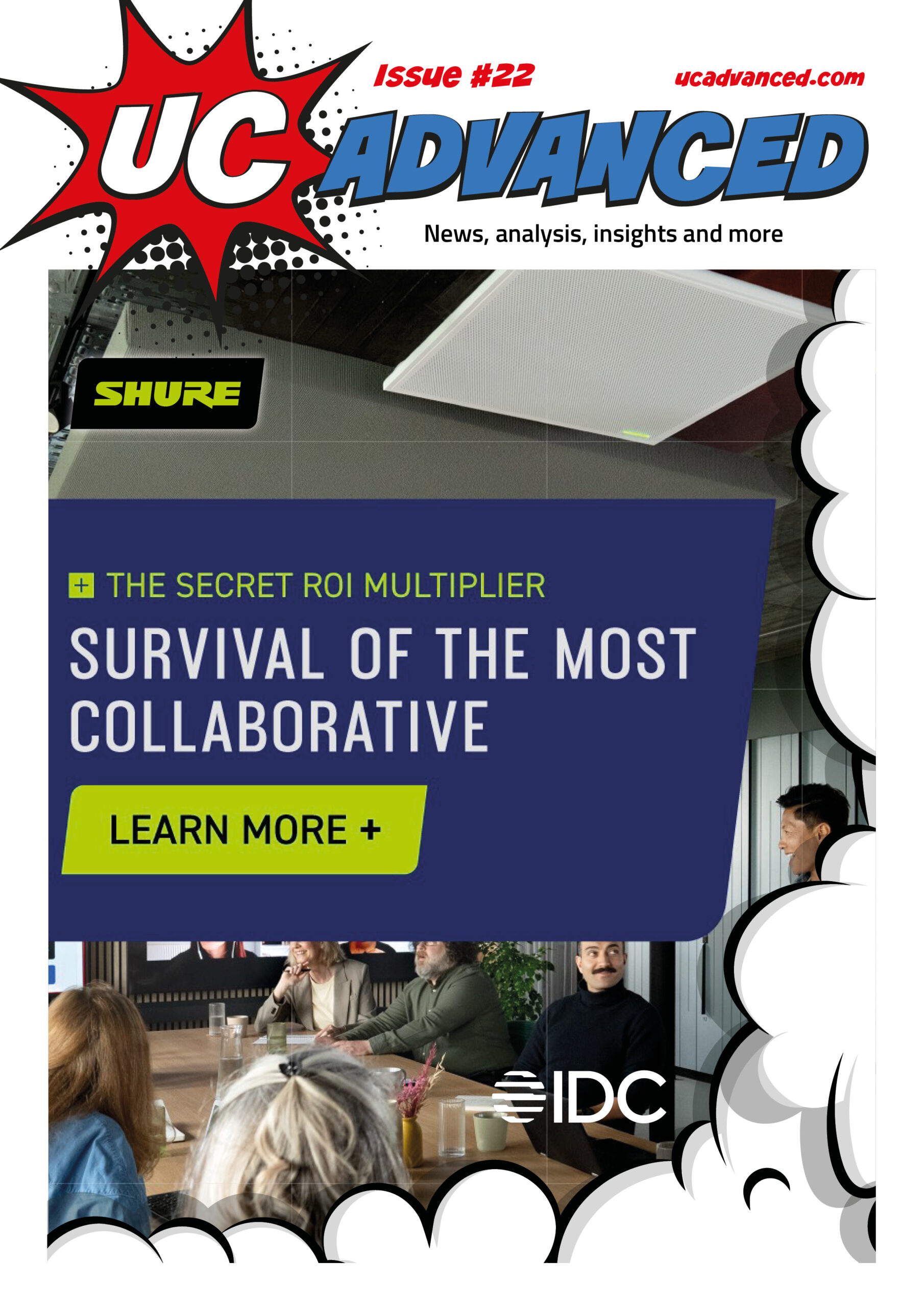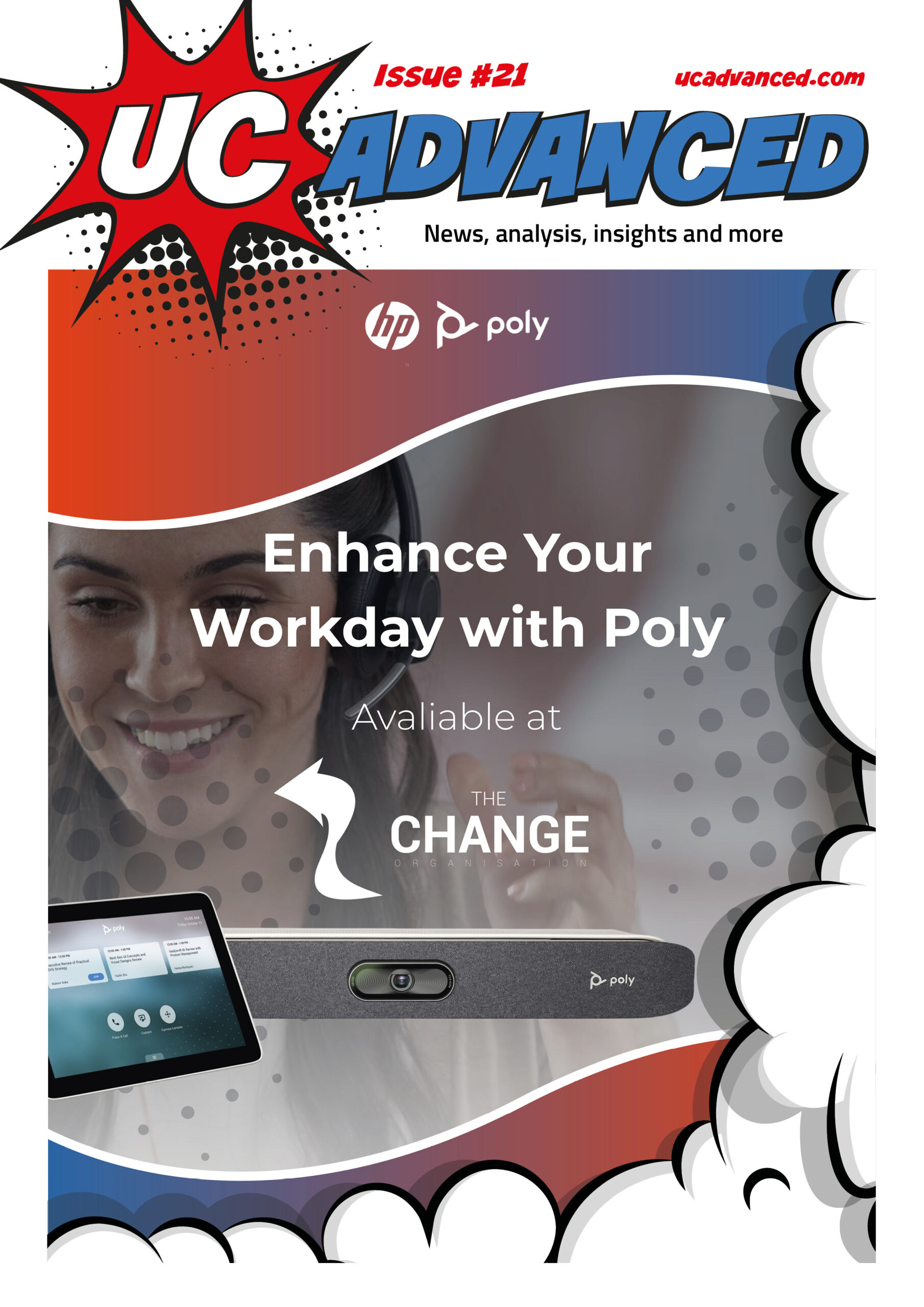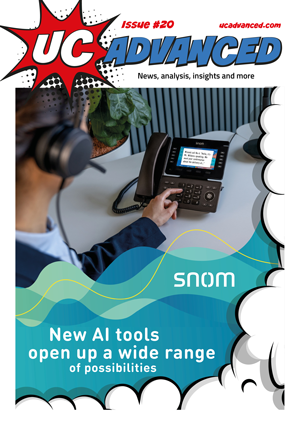Zoom has recently invested in the channel, and this now forms a key part of its go to market strategy in EMEA – and there are opportunities for resellers to get involved in what is a growing sector of the communications market.
When managers at Zoom decided the company was going to utilise the channel more to help grow the business, it signalled a fundamental shift in the company’s selling strategy. It also meant they needed an experienced hand to lead this in the EMEA region – and they turned to Joe McStravick.
Joe joined Zoom on March 1 with the brief to lead the company’s engagement with the channel. Previously, he was managing director of Blue Jeans by Verizon for two and a half years, predominantly leading the business outside of the US and driving sales growth.
Prior to that, Joe was with BT, where latterly he was head of professional services for some years, working with large consulting houses such as Deloitte and KPMG on things like digital workplaces. Before that, he worked in various other leadership and specialist roles at the company.
The pull of Zoom was strong, says Joe. “The leadership team said Zoom was truly investing in the channel and wanted someone to come into the organisation in EMEA and transform their go to market,” he says. “Channel was at the centre of that and so here I am. The management at Zoom did a great job of convincing me. I’m delighted to take that mantle on and drive that forward.
“I have many years of leading large teams and leading globally owned companies with hundreds of millions of pounds worth of revenue and P&L. I’ve worked in the service provider industry, I’ve worked with the consulting industry, I’ve worked in the UCaaS so it gives me a unique perspective of value that I can bring to Zoom to enable that engagement with the channel.”
Shift to channel
Now, Joe is focused on driving Zoom’s engagement with the channel – but it is not an easy task to change the company’s focus. “Zoom has been a very successful organisation over the years growing to circa $5 billion dollars annual revenue, but everything has been built for direct, whether it’s marketing, sales, ops, the systems, the tooling,” he says.
“Now to say we’re going to shift that all to the channel you can imagine the cultural and the operational challenges that we have there. But we are absolutely committed to making that happen, and that’s why I’m here at the helm to drive that.
“At the beginning, everything at Zoom was built to be direct. We were building against the channel as our messaging was plug and play, it was a service that didn’t require management.
“Likewise, resellers aren’t interested in just selling and just getting a referral fee, they want to provide value and service around our platform to drive ultimate value. So that was the messaging around our video platform. But if you now look at telephony and contact centres, they need many integrated services and solutions, even adoption deployment management. It’s far more involved of partners than it would have been historically from Zoom direct. And that’s where we’re seeing a lot of value from our partner community.
“For instance, if you look at the market by 2030, the market will be worth globally about $300 billion and $149 billion of that is contact centre, which is a key focus area for us, and 95% of that $149 billion is owned and delivered and has managed service wraparound from the channel.
“So we have to embrace the channel, and we are embracing it in a big way. We don’t have the appetite to build out hundreds or the thousands of resources it would take to scale this direct. We want to leverage the power of the channel to go and deploy and deliver, for and on behalf of Zoom, with Zoom.”
Training and support
With this shift to channel, Zoom will be providing as much training and support as partners require. “We are based on competency, so we will train and develop and provide all the support that the partners need to work with us and alongside us,” says Joe. “We have lots of deals and engagements levels. We have partners that are very confident in delivering the solution themselves, and they’ll provide an end-to-end service. There’ll be partners that are just interested in providing a referral service and they’ll engage us, and we’ll go and close that sale on their behalf. There’s lots of variances, but we will provide whatever support they need.
“We have global strategic alliances and partnerships with the likes of AWS, but we are doing more than that, I’m building a practice alongside that has four pillars: our global service integrators and consultants, technology alliance partnerships, service provider partnerships and our hardware alliance partnerships. The idea is to build on those, and they’ll meet in the middle through the channel.
“We’re working with partners that have two or three people that are purely consultants advising on contact centre work, to large organisations with 200 salespeople driving solutions into their partner base. Very much from one end of the scale to the other.”
Delivering results
Of course, this change to working with the channel is a big one for a large company, but one that Zoom is fully committed to. “I would be lying if I said it was easy to make this change,” says Joe. “It’s not. It’s a cultural change, changing the mindset of the teams.”
But while there are challenges, the change in strategy is already paying off, Joe adds. “We are already seeing huge success with our channel work,” he says. “Once you show you can, and you’re building the momentum, teams can see that and the value of it. I complement that with constant messaging and overlay of stats and information.”
While the strategy is still in its relatively early stages, as Joe mentioned, it is delivering results already. “About 38% of our new business is currently going through channel,” Joe says. “The ambition is to get that closer to 80%. So my focus is on enhancing the team that I have today, but also complementing that with hiring people with the right skills and leadership to help me build this strategy out.
“I’m very much in the build phase of delivering that. But we are already seeing good momentum and execution working with the channel.”
Joe adds that he is looking to recruit people with various but complementary skillsets. “I’m looking for people whether they have a consulting background, a pure technology background or a partner background,” he says. “Recently, I shared an advert on LinkedIn for a service provider leader, someone who can help build strategies around the service providers, so we’re out to market on quite a few roles.”
Zoom Up
But it is not only people that Joe is looking to add to the mix. Zoom is also looking to add more reseller partners to its roster through its partner program, called Zoom Up.
“Zoom Up program has different levels from bronze through silver and gold to platinum, which are revenue based but underpinned by competencies,” explains Joe.
“There are many different channel partners out there with many different values they can bring, from service providers managing telephony services to a traditional IT hardware provider partner that are managing room systems, to software integrators and those with end-to-end experience. There’s different value that different channel partners can bring.
“Roughly 12 months ago, we had just under 600 live partners working with us. We now have more than 1,200. Some of that has come from shifting our focus and driving towards channel, but also when people see the great things that are happening, you create a kind of FOMO – fear of missing out – so other resellers are attracted to us because they can see the value that we’re driving within their ecosystem of partners. It’s the laws of attraction.”
Suite of products
There are plenty of reasons that Zoom is attractive to resellers to get involved with. “The value of Zoom is that there is a suite of products within a platform that’s all integrated and native,” says Joe. “And you can use whichever parts of the platform that you would like to leverage.”
Another advantage is that Zoom does not solely work with one other software system, such as Microsoft. “We can sit alongside a platform, we can integrate with it, we can enhance it,” says Joe. “For instance, if you want to use our phone platform, but still Microsoft, you absolutely can. It’s all integrated.
“The companies that do well are those that play well with others. Gone are the days where you just build a platform, and no one else could either integrate or use anything outside of that platform.
“The value to the end user of being able to purchase the device is being able integrate it into their environment and having the ability to switch from Microsoft or Zoom. That enhances the end user experience, so it is where we play nice with our rivals.
Education
But while there are an attractive suite of products, services and solutions on offer from Zoom, some in the channel do need education about this, notes Joe.
“Gone are the days where you walk through an airport or get a cab, and you’d see a Zoom billboard here, there and everywhere,” he says. “But now Zoom is well known, but we’re known for being a video platform although we provide so much more than that. Our marketing investment now is very targeted at working with many different segments within the business environment, whether that’s SMBs, enterprise to multinational companies. We are also driving that message and education through the channel too.”
Workvivo
One major platform that Zoom is pushing is Workvivo, which designed to simplify communication and drive engagement. As Joe notes, when Meta decided to close Workplace recently, it named Workvivo as the only preferred migration partner.
“What’s better than a customer reference? One of our competitors shutting down their platform because of the pace of investment and innovation that we’re driving and then recommending us as the platform to move to,” he says. “My phone was ringing off the hook from customers wanting to know how they can do that.
“How can we do that? Quickly. We pivot to channel and drive it from there. A lot of our pipeline and conversations around our Workvivo platform to drive end user experience and user engagement within organisations.
“If you talk to the C-suite, one of the biggest challenges that they have is this diverse workforce that is located all over and trying to create those moments to matter and a company culture, whether it’s working a five-day week in an office or completely remote and everything in between. Workvivo can create those moments and engagements. When this is mentioned, it changes the conversation in meetings with customers, from talking about video platforms and telephony to contact and workforce engagement.”
Developing AI
Of course, Zoom is continually developing its product and service range, and at the forefront of that is artificial intelligence (AI). Joe notes Zoom is an AI first organisation and is integrating AI assistants and the like into its platform.
“But if you look at what our competition are doing, they’re charging for it,” he adds. “Zoom provide it for free, integrated into our service because we want to provide that better experience to our end users. “All our services are integrated, and I think it provides so much value.”
Positive outlook
With constant innovation such as this adding to Zoom’s suite of products, Joe is understandably excited about the future for the company, but also its relationship with the channel.
“There is so much opportunity ahead of us here at Zoom,” he says. “It’s good to be part of a journey that I can see just growing. Our journey with the channel in the next six months is to finish this year strong and build the solid foundations we need.
“Then 2025-26 is where I just see exponential growth from our perspective. I see growth for the second half of this year, but we’re building towards that moment of tipping point where I can just see us drive to the moon.”
